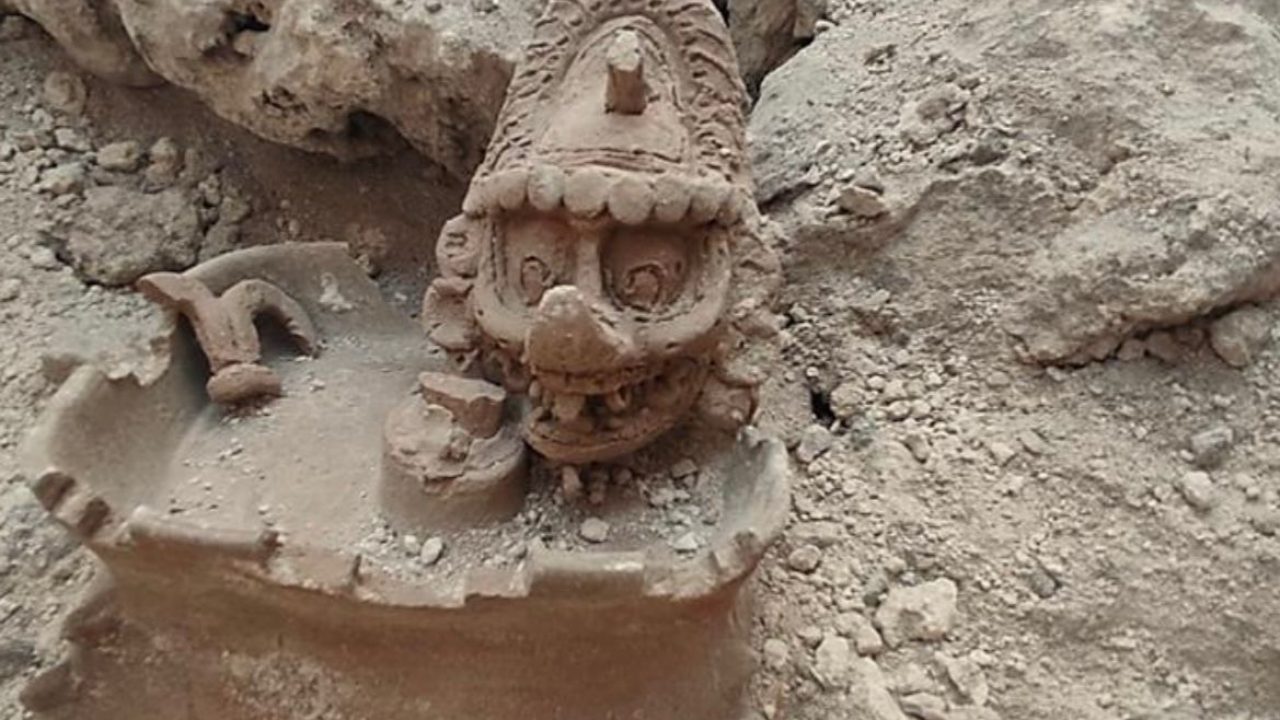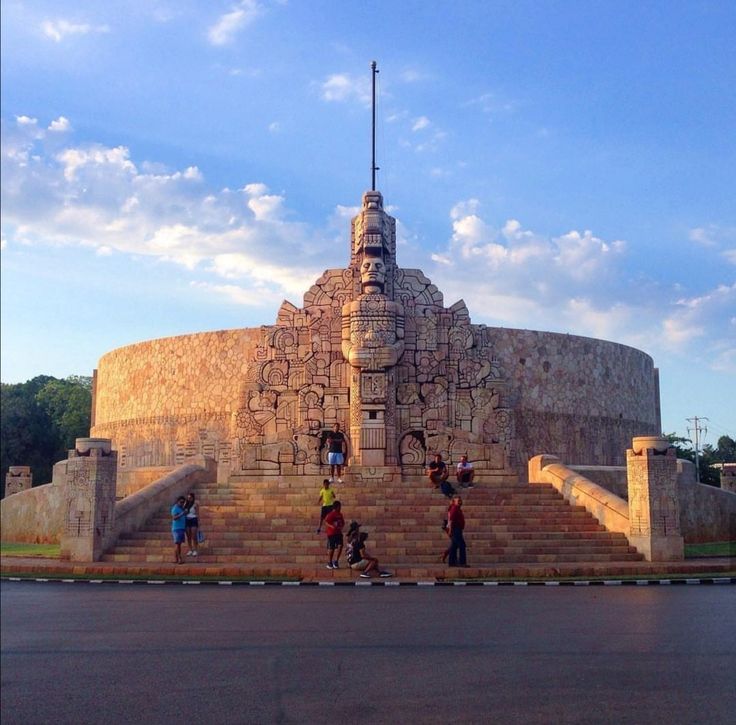Archaeologists engaged in the rescue operation on section 7 of the Maya Train route have made a significant discovery of a rare stone sculpture of the Mayan god K'awil. The deity is associated with power, abundance, and prosperity, and its three-dimensional representation is a valuable find, as there are few sculptural depictions of K'awil. Until now, only three such representations were known to exist in Tikal, Guatemala, and this is the first time seeing this Mayan god in Mexican territory!

Diego Prieto Hernández, the director-general of the National Institute of Anthropology and History (INAH), announced the discovery during President López Obrador's press conference. Prieto explained that while K'awil is commonly seen in paintings, reliefs, and Mayan codices, finding a three-dimensional representation is rare. The sculpture was discovered on the head of an urn that had a different deity's face, possibly linked to the sun, on its body.
Prieto showed the sculpture to AMLO during a tour of section 7 of the Maya Train, which runs between Bacalar, Quintana Roo, and Escárcega, Campeche. The archaeological rescue work is currently focused on sections 6 and 7 of the train's route, with work completed on sections 1 to 5, which run between Palenque, Chiapas, and Tulum.
Prieto added that complementary work is still underway, including the collection and cleaning of archaeological materials, their classification, and order. The INAH has registered and preserved a vast number of ancient buildings or foundations, ceramic fragments, movable objects, human remains, and natural features, such as caves and cenotes, as part of the Tren Maya archaeological rescue project.

Other notable discoveries made during construction include a 1,000-year-old Maya canoe at the San Andrés archaeological site near Chichén Itzá, an 8,000-year-old human skeleton in a cenote near Tulum, and a previously unknown archaeological site of more than 300 buildings in Quintana Roo, dubbed Paamul II.
As of April of this year, the INAH has registered and preserved as part of the Maya Train archaeological rescue project over 48 thousand buildings, more than 890 thousand ceramic fragments, and among other artifacts and objects, researchers also found over 400 human remains and more than a thousand natural features like caves and cenotes.

Prieto revealed that a new museum would be built in Mérida, dedicated to the discoveries unearthed during the Maya Train construction. Additionally, the findings are being analyzed at the INAH laboratory in Chetumal, which will help nourish the study of Mayan civilizations for the next 25 years.
Despite the progress made in the archaeological rescue process, the Maya Train continues to face strong opposition from environmentalists. They believe the project will cause irreparable damage to the region's unique ecosystems and subterranean lakes.
Source: Aristegui Noticias